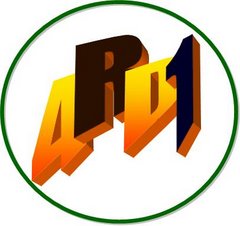What's in a Number
Anyone who thinks of maths - thinks of numbers first of all.
Without numbers the world would be a strange place: imagine going to a bank and saying "I want to withdraw some money", without numbers you won't be able to say how much money you want and the bank won't know how much you have or how much to give you!
Some of the earliest records of numbers show that they were used many thousands of years ago for counting how many animals you owned or how much grain you had to feed your family and animals or pay your workers.
You may have met people who seem to be really cool because they can quickly work out calculations with numbers in their head. You DON'T need to be clever to do this sort of thing all you need to know are the secrets of approximation.
The use of numbers and basic "sums" or operations on numbers as they are sometimes called (e.g. addition, subtraction, multiplication and division) is obvious in today's working world. You may ask "why bother with numbers anymore as calculators, electronic tills and computers will do all the work for you".
What if you were running a business in the country and your calculator broke - would you turn away lots of customers and profit by closing the shop and driving miles to get a new calculator? If you have mastered handling numbers, then it will be no problem to carry on serving customers and working out any calculations with a notepad and pen. Also remember that someone has to program the calculators, computers and electronic tills in the first place - so provided you understand the mathematics of numbers - that person could be you!
In maths, numbers are called different names:
Real Numbers These are rational and irrational numbers (see below for an explanation of these).
Rational Numbers These will always have terminating or recurring decimals. This means they can always be turned into a fraction. e.g. 0.25 is a rational number and it can be also represented as the fraction 1/4.
Irrational Numbers These can not be turned into a fraction. They are non-terminating (i.e. they go on forever after the decimal place with no apparent pattern). Ö2 is an example of an irrational number.
Integers These are whole positive or negative numbers (-3, -2, -1, 0, 1, 2, 3).
Prime Numbers These are numbers with only TWO factors (factors are numbers which exactly divide into another number). Prime numbers are only divisible by themselves and 1. Note that oddly enough, 1 itself is not classed as a prime number.
Square Numbers These numbers are formed by a number multiplied by itself (1, 4, 9, 16...).
__________
From easymaths.com
Wednesday, May 30, 2007
Subscribe to:
Posts (Atom)
